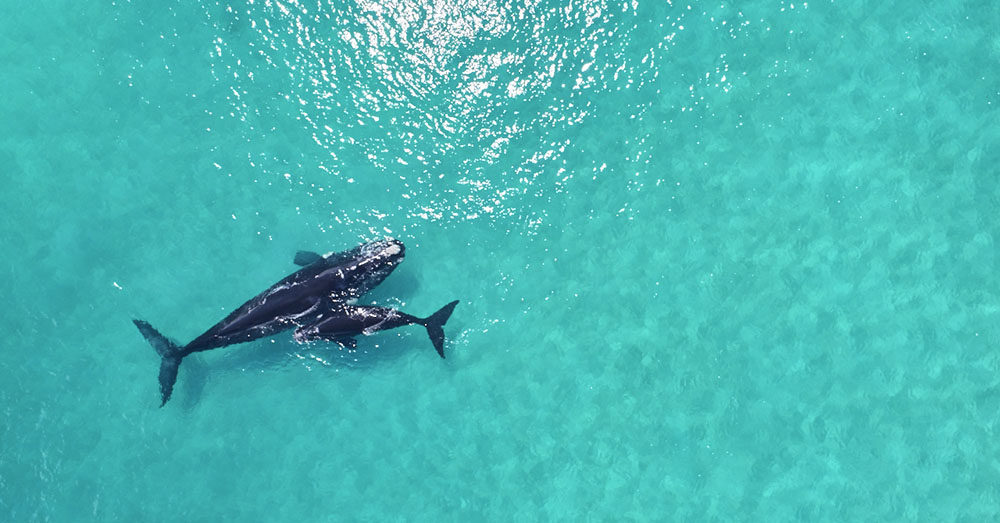Whale watching Western Australia is a once-in-a-lifetime opportunity for tourists to get up close and personal with some of the world’s most spectacular species. It is an activity where tourists can observe whales in their natural habitat. These gigantic animals may be seen from the beach or a boat, and there are several whale-watching cruise providers in Western Australia.
Australia is home to a diverse range of whale species, including Humpback Whales, Southern Right Whales, and Minke Whales. These whales can be seen along the coast of various states and territories in Australia, including Western Australia, South Australia, Victoria, New South Wales, and Queensland.
While the South West boasts Australia’s longest whale-watching season, there are ample opportunities to witness these magnificent creatures across the state of Western Australia. This article lists the seven top whale-watching locations in Australia.
Click here – Tracking Monthly Expenses: How to Set Yourself up for Financial Success
What Are The Best Whale Watching Locations In Australia?
To get the most out of your experience, here are the best places to go whale watching Western Australia:
-
Kimberley Coast
Thousands of humpbacks making their yearly journey from Antarctica use the tropical seas of the Kimberley Coast as mating and birthing sites. The sheltered coves of Camden Sound Marine Park have become an excellent place for newborn humpback calves to gain the necessary blubber for their return voyage.
-
Ningaloo Reef, Western Australia
During their yearly journey from Antarctica, the Ningaloo Coast, in particular the Exmouth Gulf, contains the greatest concentration of humpback whales in the Southern Hemisphere. On their trip to their breeding grounds off the Kimberley coast, more than 30,000 humpback whales travel the “Humpback Highway” along the Ningaloo coastline.
-
Hillarys
On their route back to Antarctica, hundreds of humpback whales pass through Perth’s seas after travelling through Australia’s northwestern region. On a boat excursion leaving Hillarys Boat Harbour, you may get close to these amazing beasts off the coast of Hillarys.
-
Broome
Approximately 35,000 humpback whales migrate from Antarctica to the tropical waters of Broome between June and October. During this incredible yearly event, you may see a variety of whale behaviours, such as active breaching, amusing antics, and nursing moments between parent and calf whales as they are learning to swim and breathe—all while being protected by the uninhabited islands of the Buccaneer Archipelago.
-
Margaret River, Western Australia
Margaret River is renowned for its world-class vineyards and surf breaks, but it is also an excellent location for whale viewing. Margaret River, situated between Augusta and Dunsborough, is an ideal location from which to see whales migrating annually between the two cities.
-
Bremer Bay
Even though they are technically dolphins, it would be difficult to discuss WA’s extensive marine life without including the orcas in Bremer Bay.
Bremer Bay is home to the biggest concentration of orcas in the Southern Hemisphere and is the only spot in Australia where you are certain to see these apex predators. From January through March, more than 150 orcas migrate through Bremer Marine Park to feast on prey.
Click here – Common Eye Conditions and How to Prevent Them
-
Augusta, Western Australia
Flinders Bay in Augusta is one of the few places on earth where you may witness southern right and humpback whales interacting as they play, court, breed, and give birth. As they move north towards Cape Leeuwin, the Cape Leeuwin Lighthouse provides one of the greatest observation spots, and its viewing platform is equipped with free and simple-to-use binoculars.
What Are The Guidelines For Whale Watching?
- Stay safe from the whales: It is critical to keep a safe distance from the whales to keep both the whales and the visitors safe.
- Do not chase or harass the whales: Respecting and enabling them to swim freely is critical.
- Follow the guidelines of the tour operator: When taking a whale-watching excursion, it is essential to follow the tour operator’s recommendations and directions.
- Please do not touch or feed the whales: It is essential to remember that whales are wild creatures that should not be handled or fed.
When Is the Best Time To See Whales In Australia?
The whale-watching industry in Australia has exploded during the last decade. Between May and November, Australia has a long whale season, which undoubtedly adds to its rising popularity. The season for whale watching varies throughout the nation, as do the types of whales seen.
In May, groups of whales, notably southern right whales and humpbacks, migrate from Antarctic waters to the tropical waters of Australia for breeding season. During their journey, Minke whales and even the occasional blue whale pause in Australia’s seas.
The warm seas offer a comfortable environment for whales to give birth and nurse their young, contributing to Australia’s expanding whale population. With approximately 60 percent of the world’s whales inhabiting Australian seas, it’s no surprise that this is a premier whale-watching location. Stopping around the shores of Australia, the finest area to observe whales, will provide you with a fantastic chance to witness these renowned gentle giants during your Australia holiday.
Conclusion
Western Australia offers one of the world’s longest whale-watching seasons! Winter brings the opportunity to witness whales, the most magnificent of creatures, in their natural environment. While Western Australia is more typically associated with wines and world-class surf breaks, it also has a plethora of vantage spots for unparalleled whale viewing. Wear sturdy shoes and bring your binoculars for whale watching Western Australia! Stay away from the rocks since the shoreline is hazardous due to heavy waves and high tides.

